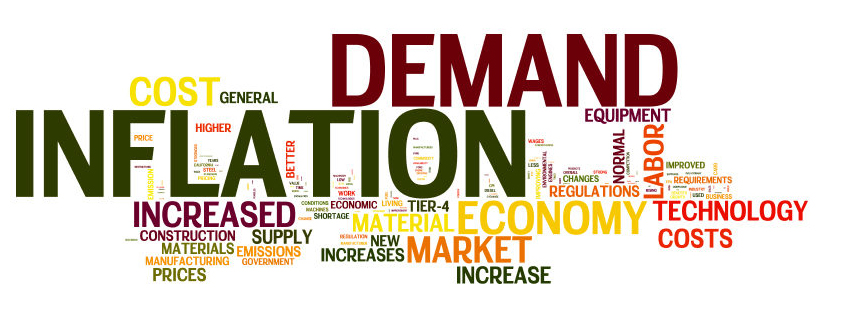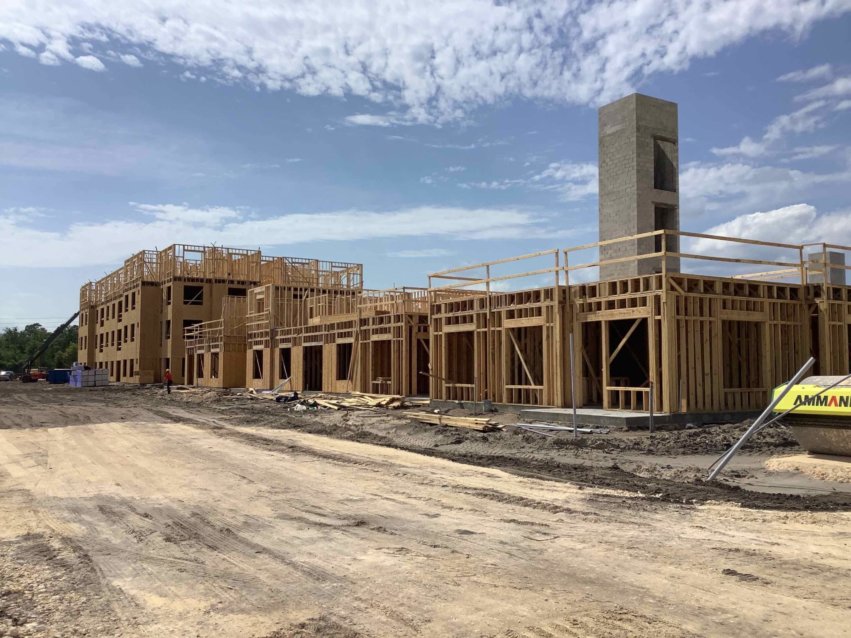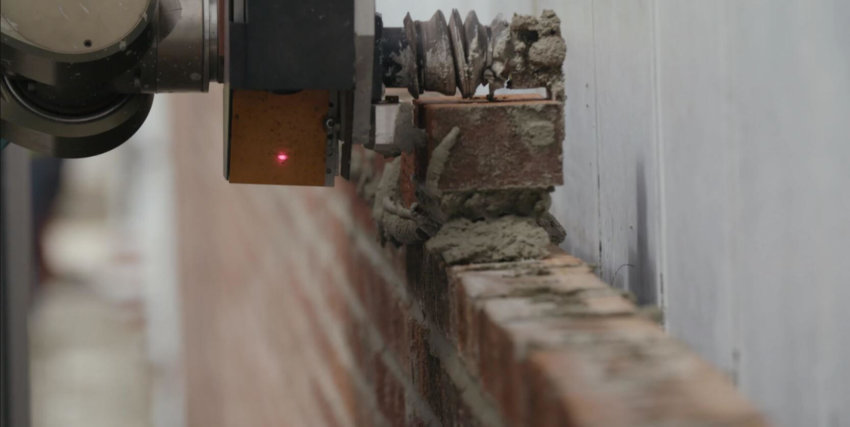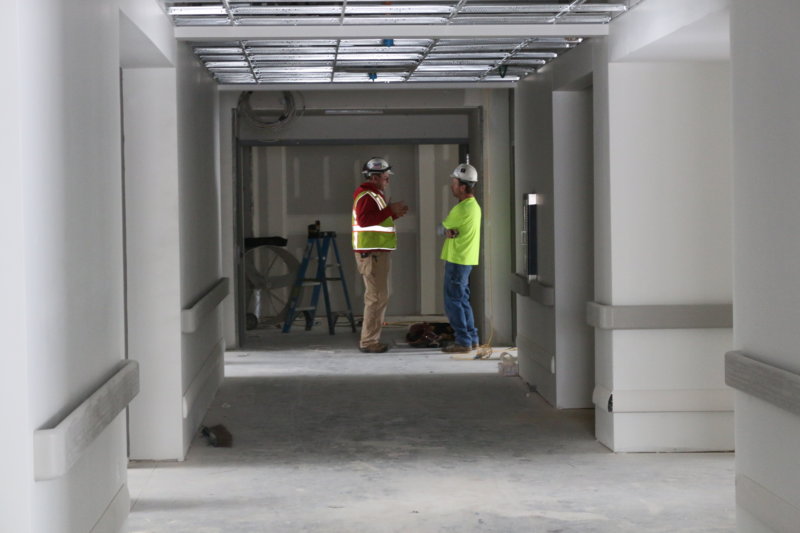M.A. Mortenson (a very large construction company) says construction prices increased 19.2% last year. ROMAC (a very large building product supplier in Florida) says that on average, materials for a house from mid-December to mid-January went up 12%. Already subcontractors are telling us that they are booked for the year. Truss suppliers, who traditionally have had 2 to 4 weeks fab and deliver times, are out to October, making projects challenging to start and maintain continuous construction. The price of Ready-mix is up by $10 - $20 a cubic yard in the last couple of months, and drywall has been going up approximately 10% a month.
I am tired of delivering bad news. Everyone knows prices are going up, but it is shocking the extent they are going up. Our clients seem to be getting numb to increases, and they are no longer even asking what I expect in...
Read More >









